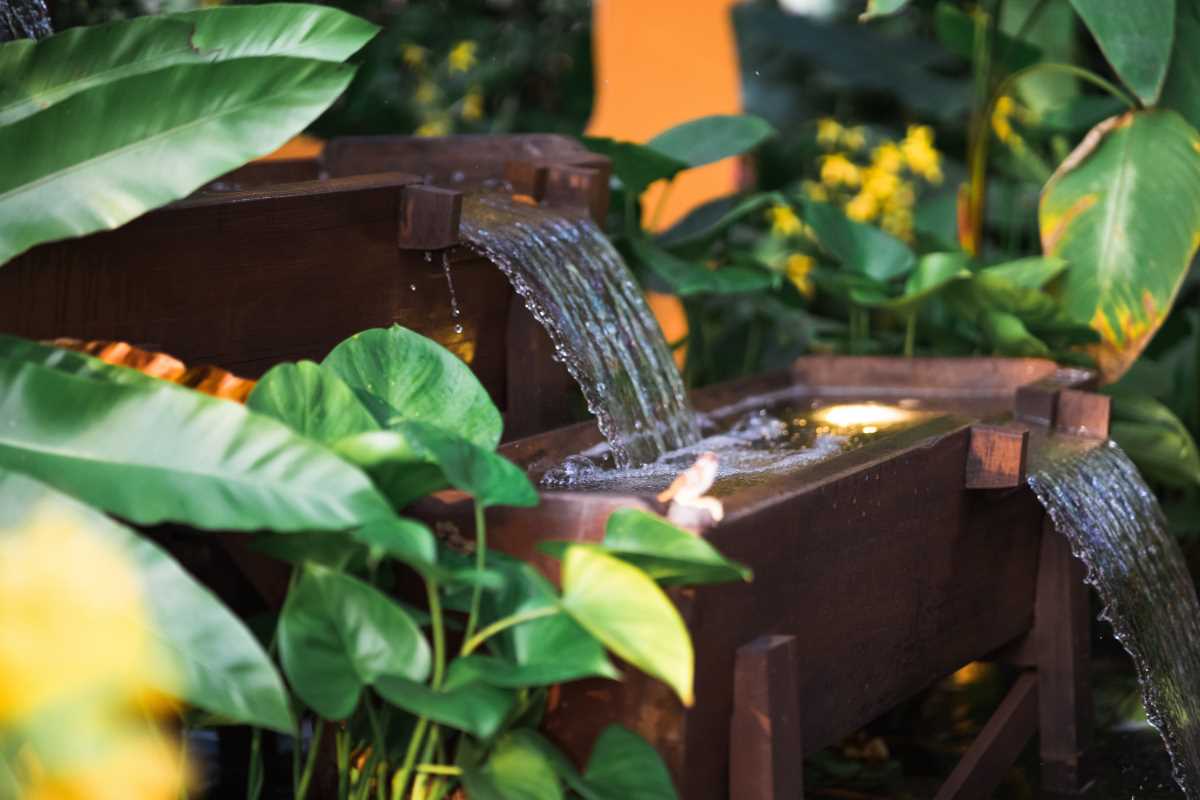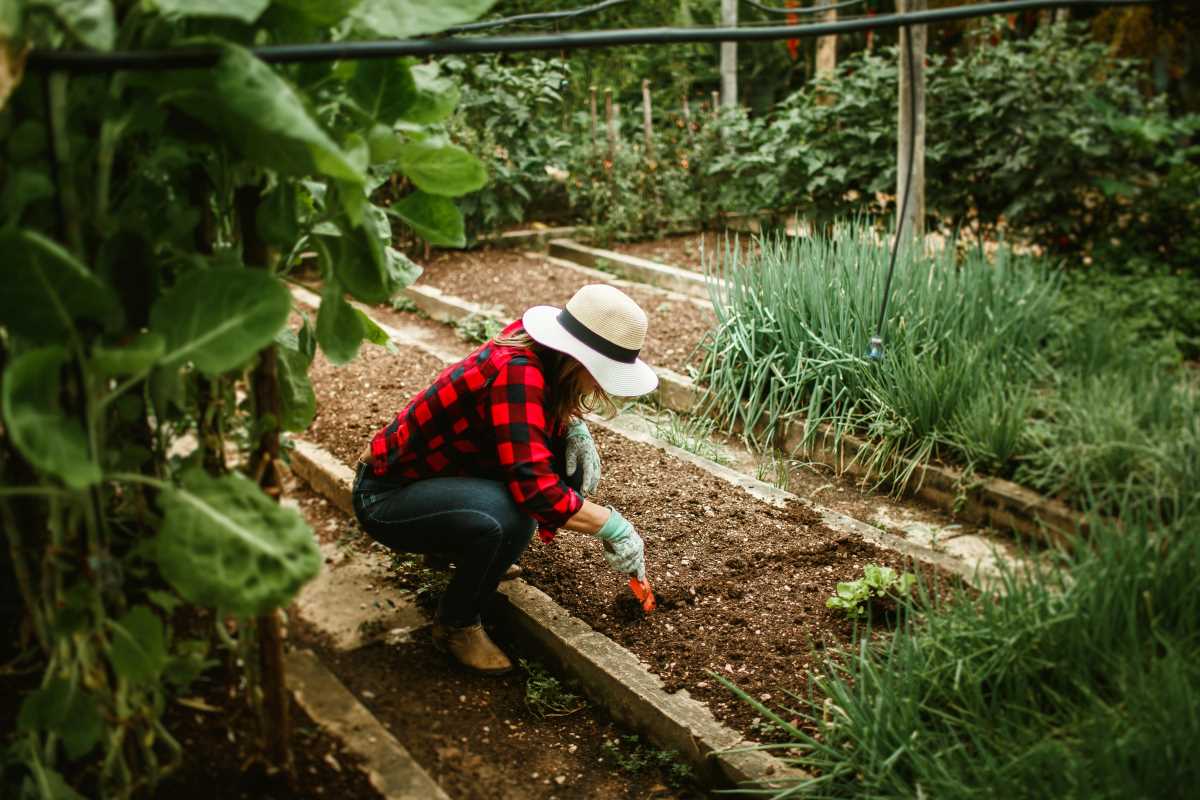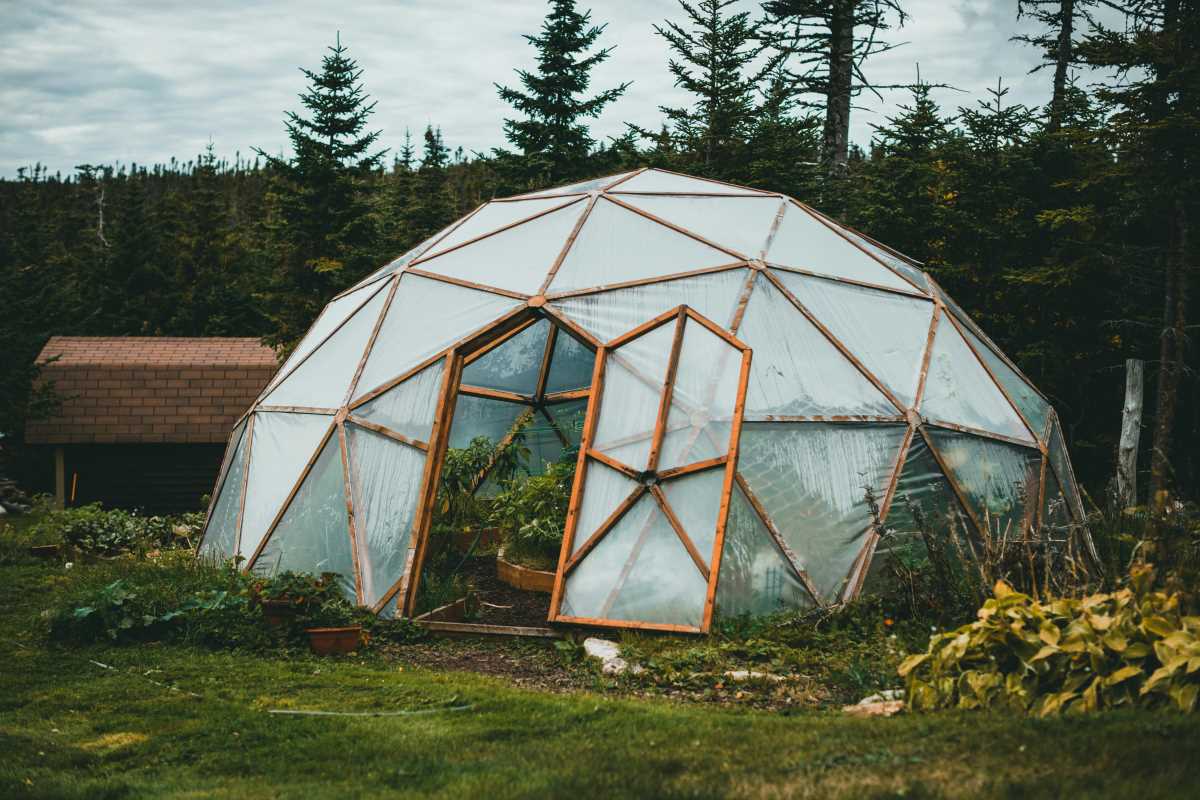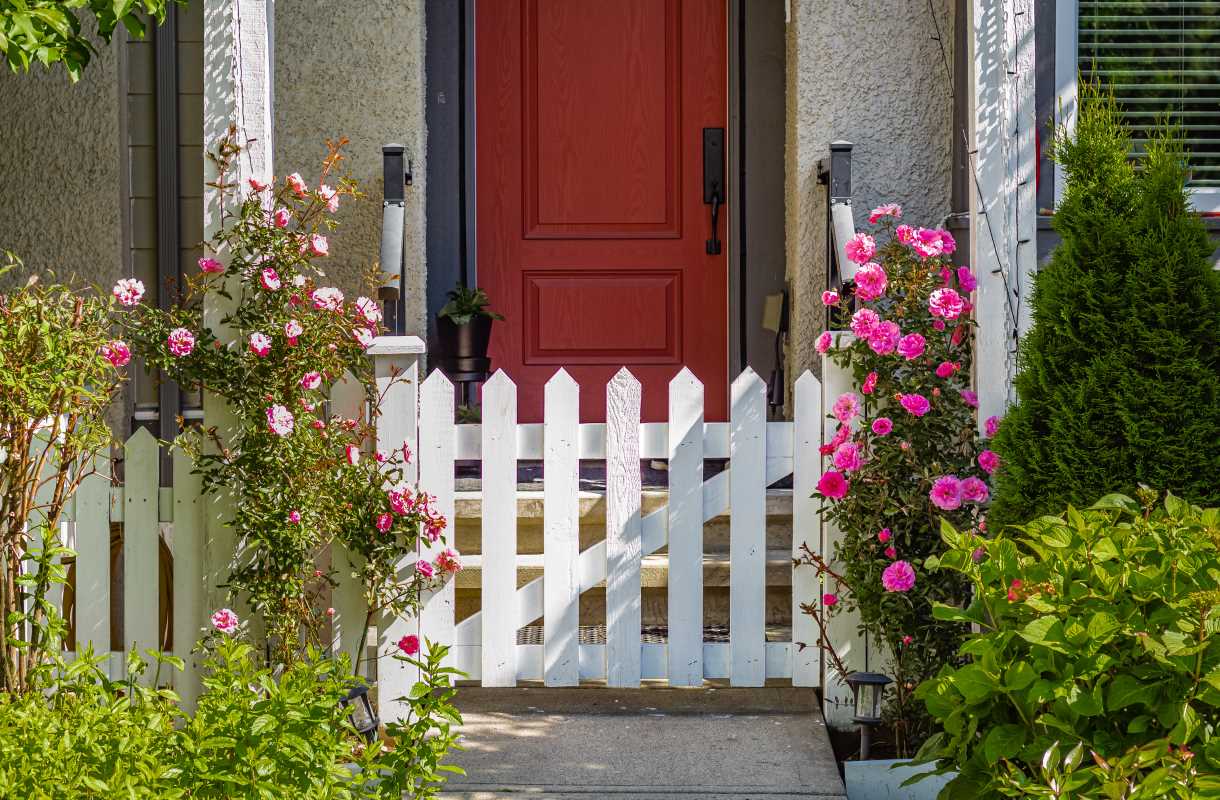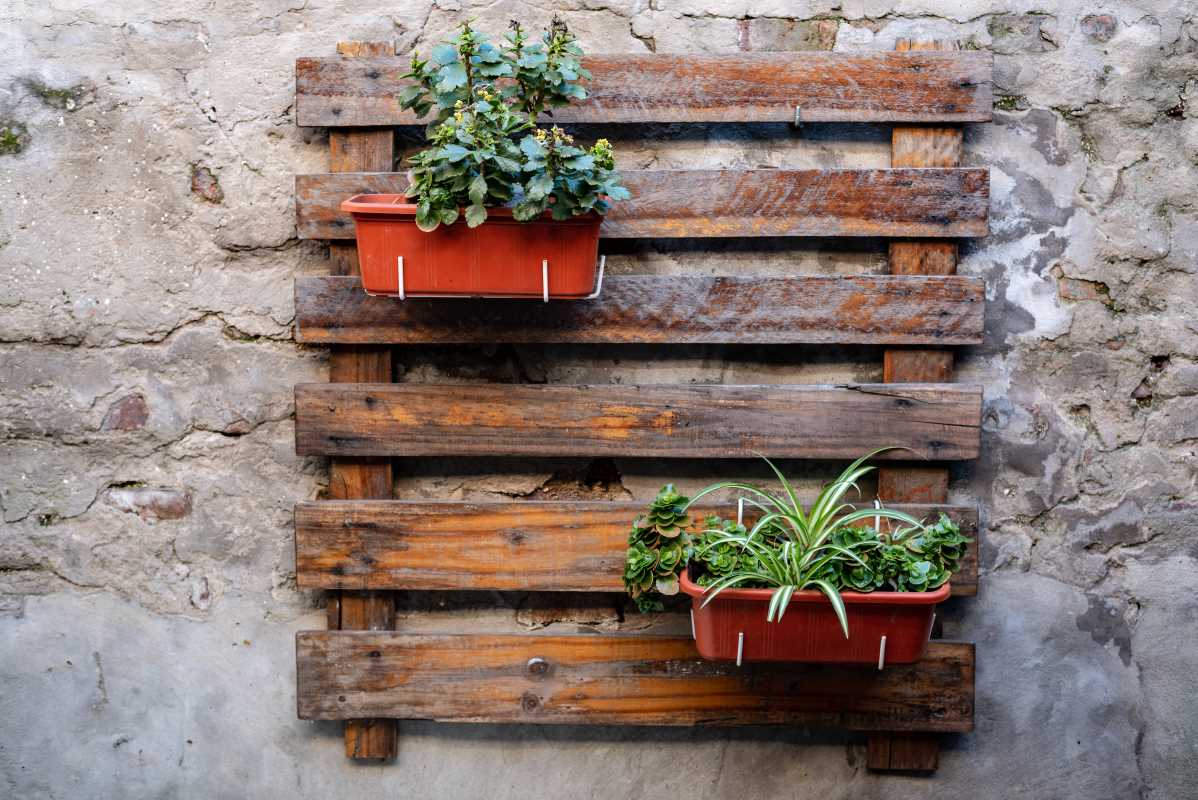Creating a raised bed garden brings the joy of growing fresh vegetables right to your backyard. Many people feel uncertain about how to take those first steps, especially when budget concerns come into play. By choosing affordable tools and simple materials, you can gradually develop a productive garden without overspending. This guide offers practical tips and clear information, showing you how to turn any available spot into a flourishing vegetable patch. With each stage, you gain skills and confidence, discovering that gardening can be both enjoyable and accessible for anyone interested in homegrown produce.
Each tip and tool here is chosen based on practicality and affordability. You’ll find that when you plan ahead, every investment helps make your garden easier to maintain and more enjoyable to work in.
Benefits of Raised Bed Vegetable Gardens
Raised bed vegetable gardens offer several advantages that make them perfect for newcomers to gardening. They give you a defined space to plan your planting layout and keep pests and weeds at bay. In a raised bed, soil drainage improves, allowing your vegetables to flourish even during a heavy rain shower.
You also gain better control over your soil’s quality. This allows you to create a nutrient-rich environment without the hassle of dealing with poor native soil. Here are some key benefits of raised bed vegetable gardens:
- Enhanced soil quality through custom amendments
- Easier weed control and pest management
- Simpler watering and drainage solutions
- An attractive look that can improve your outdoor space
7 Essential Budget Tools for Beginners
If you are new to raised bed vegetable gardening, having the right tools can make a big difference. The following list includes seven must-have tools that are affordable and effective in making your gardening tasks easier.
- Garden Trowel – A small, sturdy trowel is perfect for digging, weeding, and moving small plants. Look for one with a comfortable grip and durable metal. Tip: Search local thrift shops for gently used hand tools that can save you money.
- Pruning Shears – Necessary for cutting dead leaves or trimming branches, a good pair of shears is invaluable. Look for blades resistant to rust. Tip: You might find seasonal discounts at hardware stores.
- Watering Can – A well-balanced watering can makes watering your plants less tiring. Choose one with a spout that directs water exactly where you want it. Tip: Compare prices online to find a good deal on models that require no extra fuss.
- Hand Rake – Useful for leveling soil and clearing debris from your raised bed, a hand rake helps keep your garden tidy. Tip: Check local garage sales for affordable options.
- Garden Fork – This tool helps loosen soil without damaging the bed structure. A lightweight fork with sturdy tines works best. Tip: Rent one from a local tool library if available.
- Soil Scoop – A soil scoop speeds up filling your raised bed with quality soil mix. Tip: Think about reusing a second-hand scoop to save money.
- Weeder – Designed specifically to remove weeds, a small hand weeder saves time and effort. Tip: A simple design often works best; stores sometimes offer discounts on basic models.
Smart Shopping Tips for Gardening Tools
Getting good tools at low prices is easier than you might think. When planning your purchases, consider these simple strategies to ensure you buy effective tools without overspending.
- Visit local hardware stores and garden centers during off-seasons to find discounts.
- Look for refurbished or second-hand tools in good condition.
- Compare prices online and read reviews to check the durability of tools.
- Ask neighbors or join community groups where tools can be borrowed or traded.
- Buy multipurpose tools that handle several tasks to reduce the number of items you need.
Creative Ideas for Small Yard Spaces
Your garden tools can be just as inventive as your raised bed layout. When working with limited outdoor space, using your creativity helps make every square foot count. Think about adding vertical planting techniques and container gardens along with your raised bed vegetable gardens to increase planting area without cluttering your yard.
You can also try intercropping different vegetables that grow at different heights. Adding trellises along the sides of your raised beds supports ivy and other climbing plants. Some other simple ideas include:
- Hanging baskets or wall-mounted planters for herbs.
- A shelf placed under or beside your raised bed for extra pots and supplies.
- Selecting dwarf vegetable varieties that save space while still producing good yields.
Proper Tool Care on a Budget
Taking good care of your tools keeps them useful for many gardening seasons. Regular maintenance prevents rust and breakage, even if you bought budget-friendly options initially. A little care now saves you time and money later.
Follow these simple tips for maintaining and storing your tools:
- Wipe tools after each use to remove soil and residue.
- Apply a thin coat of oil on metal parts to prevent rust.
- Keep tools in a dry, covered place like a shed or garage to extend their lifespan.
- Store your equipment using pegboards or racks for easy access and less clutter.
Gardening becomes more enjoyable with reliable tools and thoughtful planning. Choose tools that fit your needs and budget to help make your garden a success.
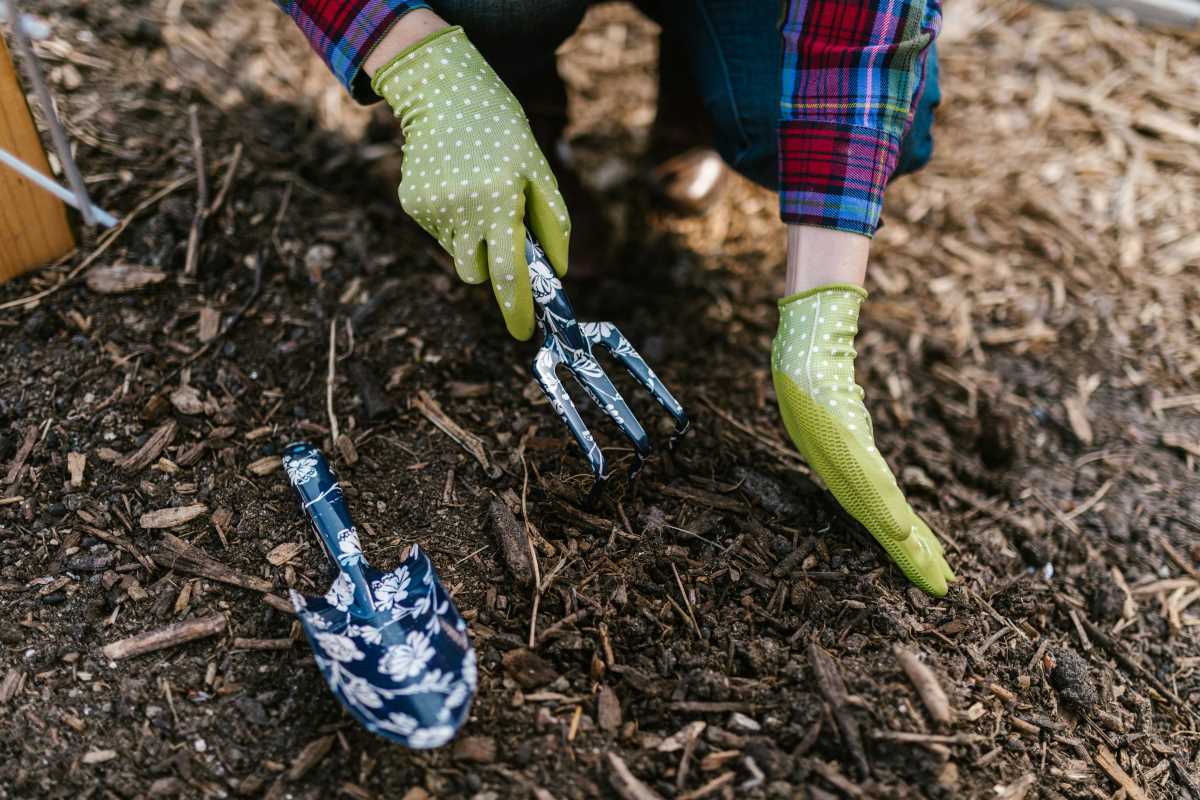 (Image via
(Image via
